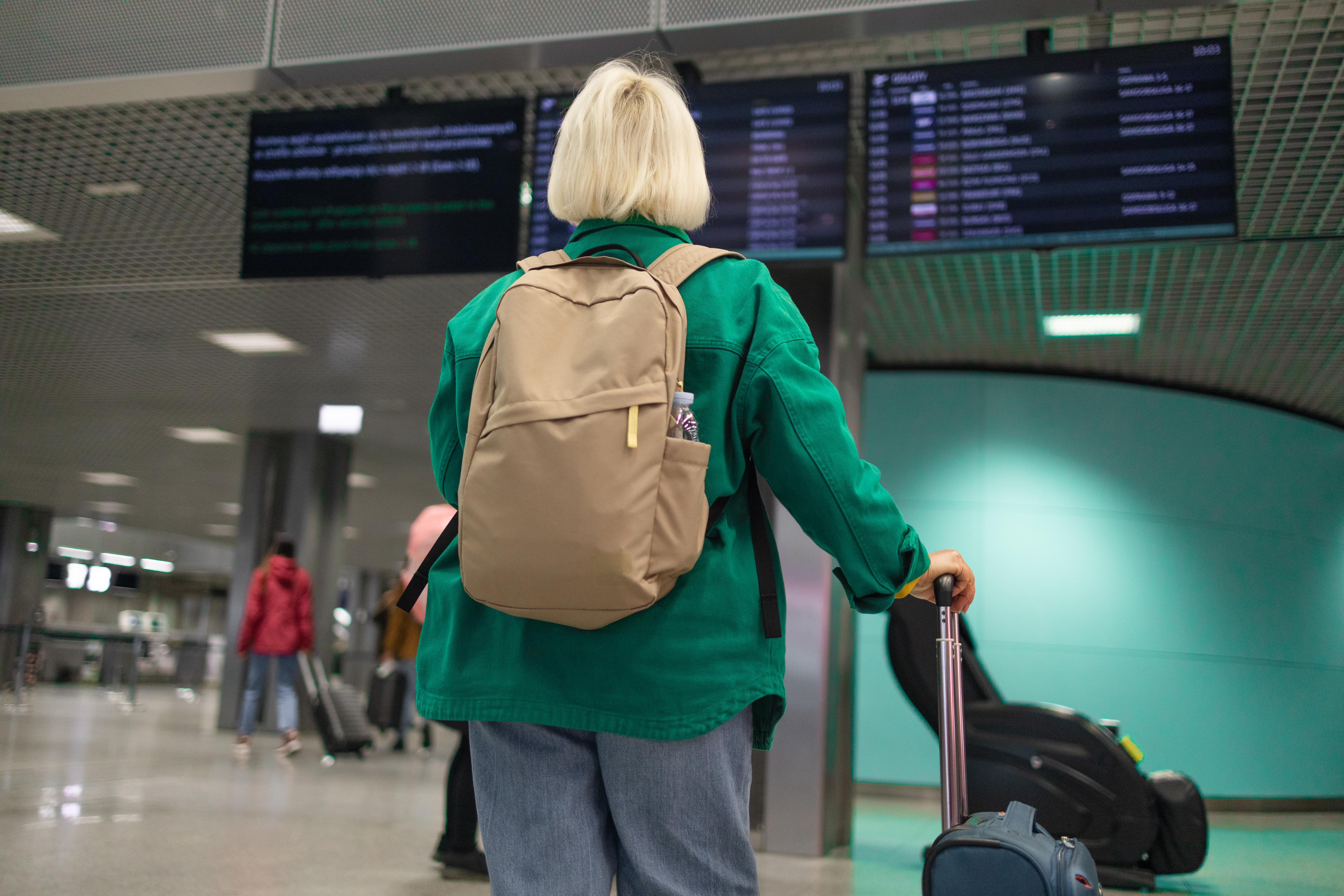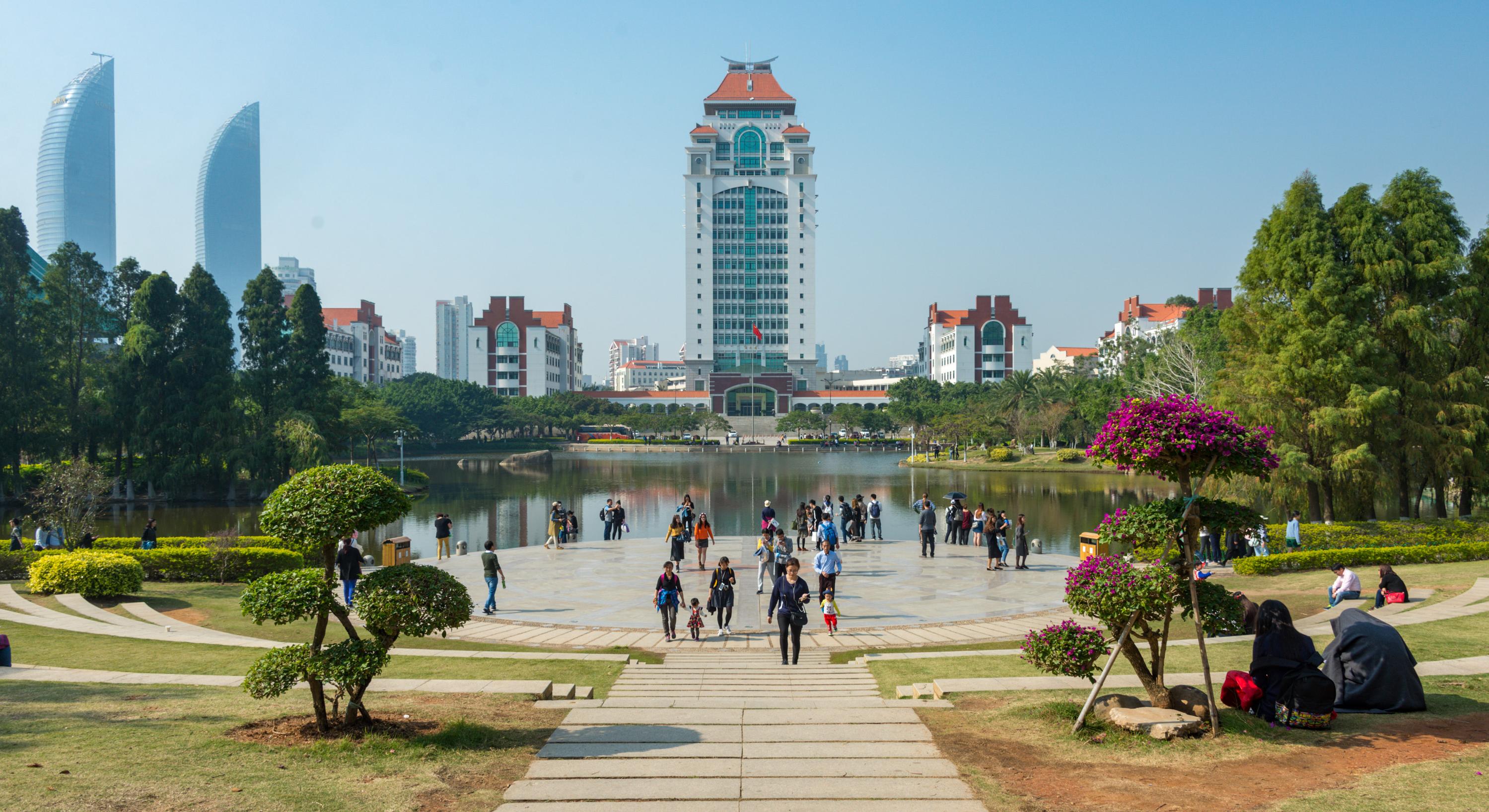14 Popular Countries Now Making It Harder for Tourists to Visit in 2025
The age of unfettered global exploration is evolving. As 2025 unfolds, a growing number of iconic destinations are consciously recalibrating their relationship with tourism, moving beyond sheer volume to champion sustainability, cultural integrity, and resident well-being. This isn't about shutting doors, but about thoughtfully redesigning them. Driven by environmental pressures and a desire to preserve their unique essence, these 14 popular locations are introducing innovative, sometimes challenging, measures for visitors. Understanding these shifts is key to navigating the new landscape of more mindful, and ultimately more meaningful, travel experiences ahead.
1. Venice, Italy: The Day-Tripper's Dilemma & Resident Respite
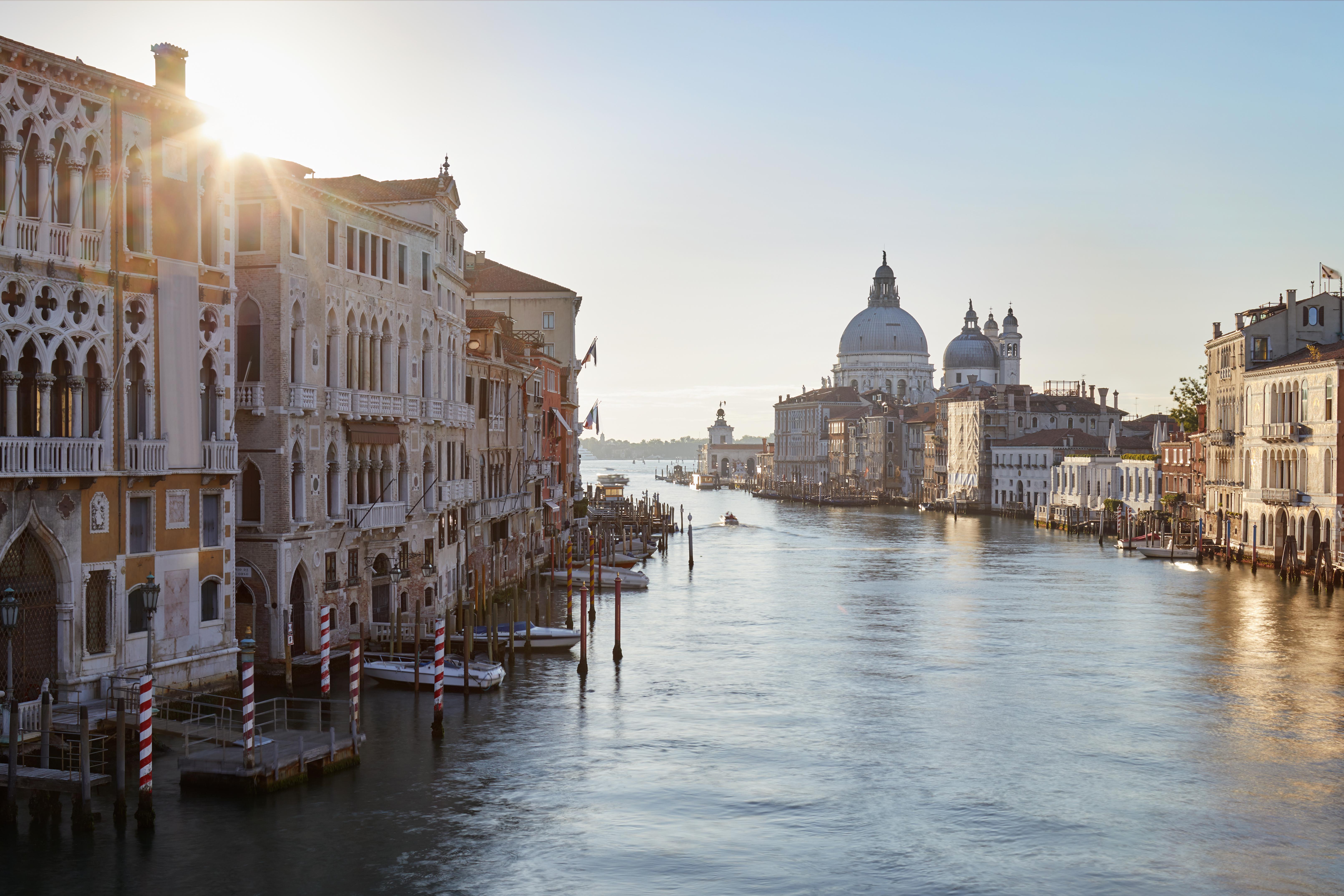
Venice's battle against overtourism takes a decisive turn in 2025. Beyond refining its much-discussed entry fee for day-trippers (now with dynamic pricing during peak seasons), the city is ingeniously implementing "quiet zones" in residential areas, with hefty fines for noise disturbances. Furthermore, new restrictions on the size and type of tourist rental accommodations aim to reclaim housing for locals. For travellers, this means planning short visits meticulously and embracing a more respectful, less intrusive exploration of La Serenissima’s fragile beauty.
2. Machu Picchu, Peru: Circuits, Caps, and Conservation
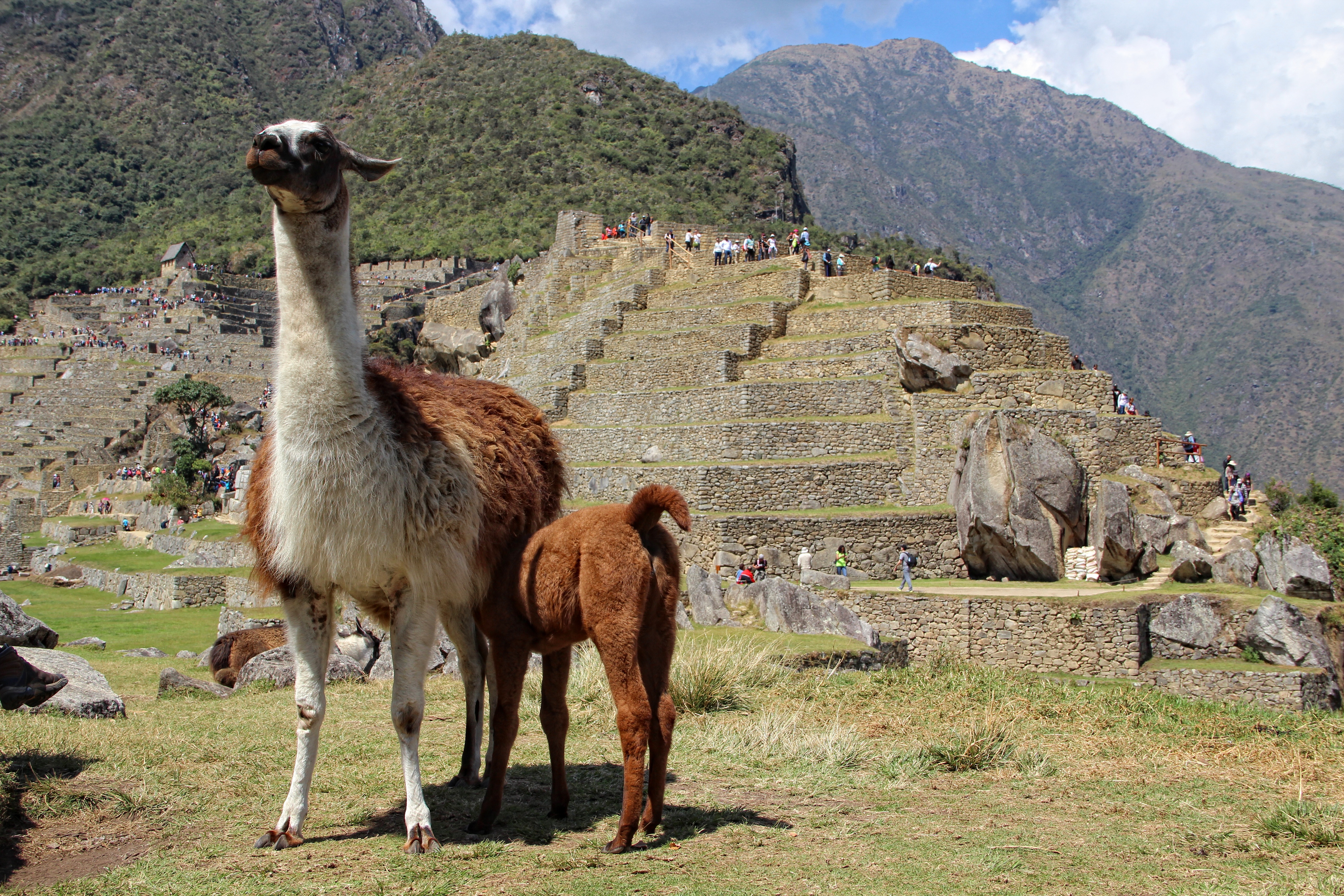
The sacred Incan citadel continues to tighten its protective embrace. For 2025, visitor numbers remain strictly capped, but the real ingenuity lies in the further specialization of pre-booked, timed circuits. These routes are now more rigidly enforced and varied, some focusing on specific archaeological aspects, others on panoramic views, to disperse impact. Spontaneous exploration is a relic of the past; now, experiencing Machu Picchu requires precise planning, adherence to your chosen path, and a deeper appreciation for its preservation-first approach.
3. Iceland: The "Nature Pledge" & Dispersal Dynamics

Iceland’s otherworldly landscapes face increasing pressure. In 2025, beyond localized access restrictions at highly sensitive sites like specific geothermal areas or bird cliffs during nesting season, authorities are championing a new "Nature Pledge" system. This involves visitors committing to responsible tourism guidelines upon arrival, potentially linked to a digital pass. Moreover, a sophisticated marketing and infrastructure push now actively diverts tourists to stunning, lesser-known regions of the Westfjords and North, aiming to alleviate pressure on the south coast’s hotspots.
4. Bhutan: Elevated Experience, Evolved Fee Structure
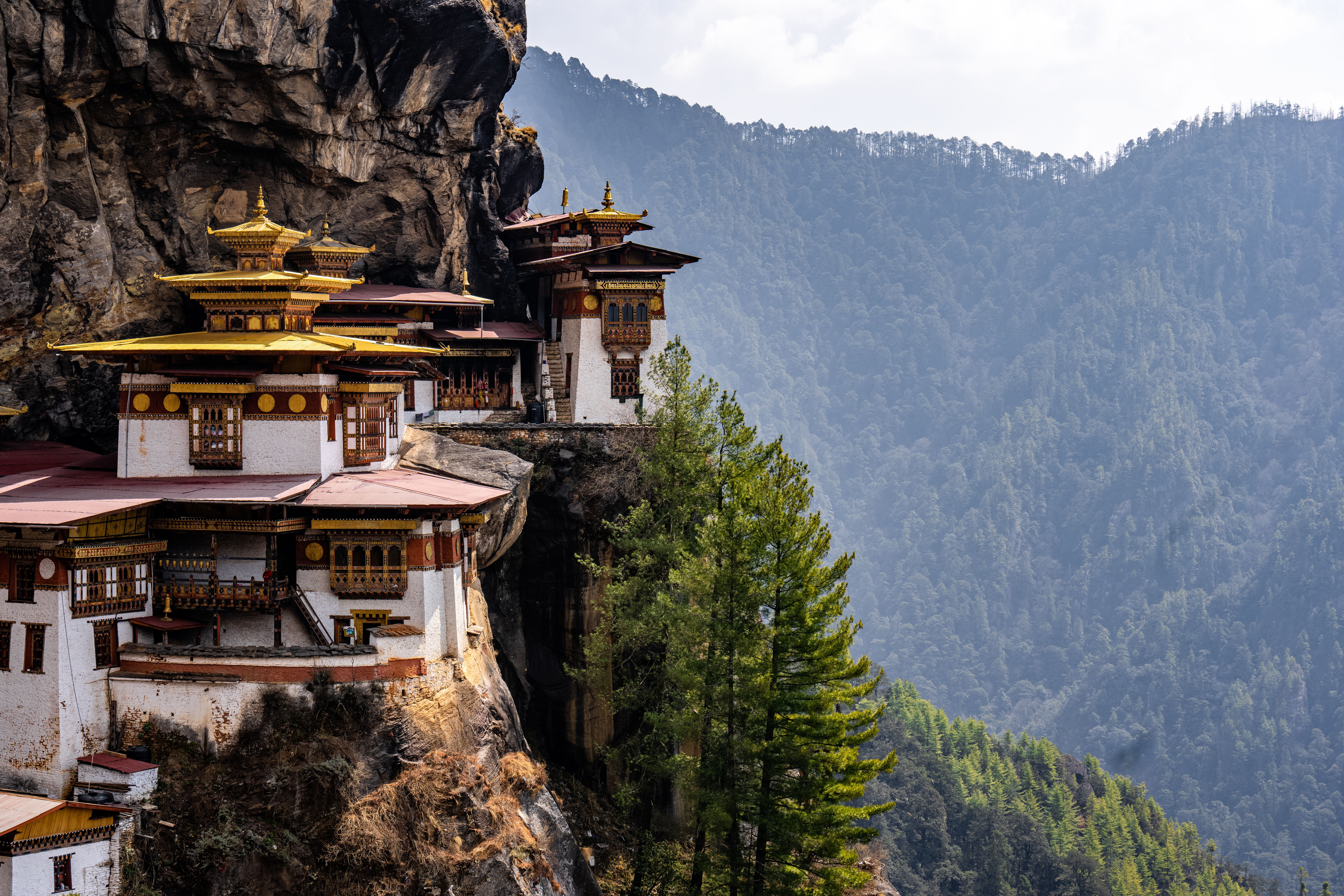
Bhutan’s pioneering "High Value, Low Impact" tourism continues, but 2025 sees an evolution in its Sustainable Development Fee (SDF). While still substantial, there are now tiered options offering slightly reduced fees for longer stays or for those engaging in specific sustainable or community-based tourism projects. This nuanced approach aims to attract more dedicated, culturally sensitive travellers, reinforcing Bhutan's commitment to quality over quantity and ensuring tourism directly benefits local initiatives and conservation in a more targeted way.
5. Amsterdam, Netherlands: "Staying Away" from Nuisance, Welcoming Culture
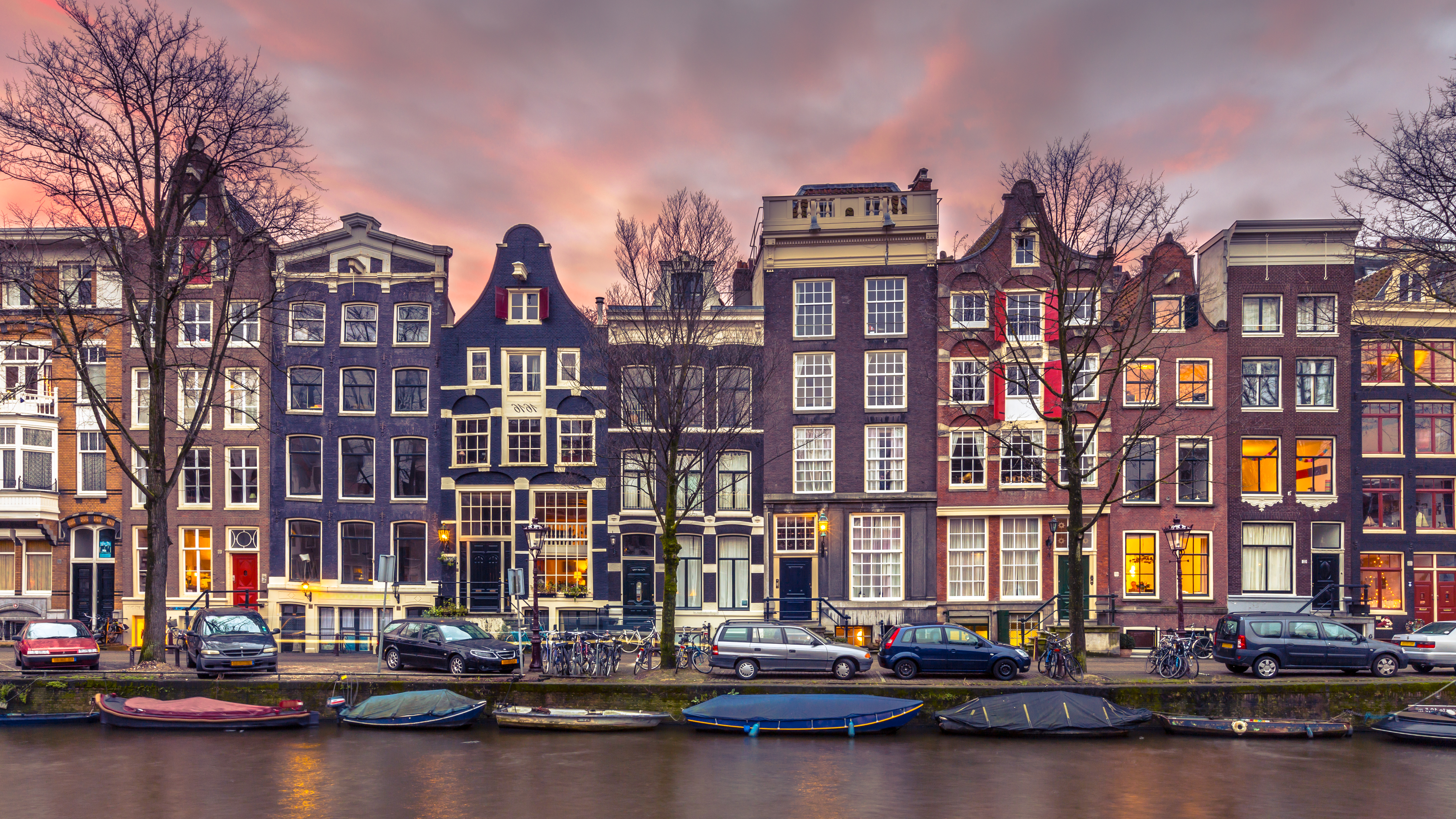
Amsterdam’s 2025 strategy is less about outright bans and more about actively shaping its visitor profile. Following the "Stay Away" campaign targeting rowdy tourists, the city has expanded car-free zones in the historic center and introduced higher tourist taxes for short stays. Ingeniously, they're also launching "Cultural Immersion Passes" offering discounted entry to museums and local workshops, coupled with incentives to use public transport to explore artistic hubs beyond the Red Light District, effectively curating a more respectful visitor experience.
6. Santorini, Greece: Cruise Control & Sunset Slots
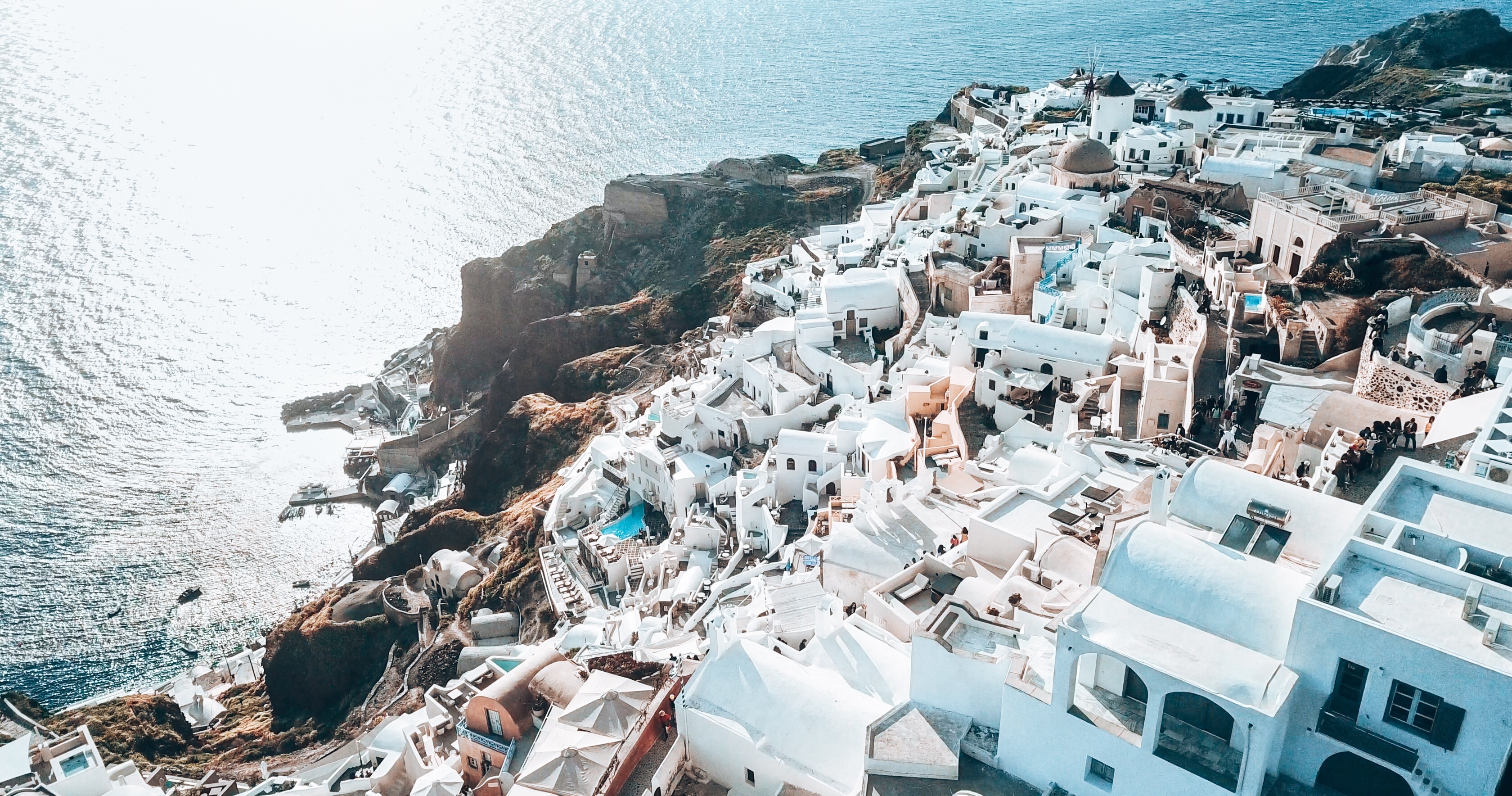
The iconic sunsets of Oia are now a more exclusive affair. Santorini in 2025 has implemented a stricter daily cap on cruise ship disembarkations, managed via a new port authority lottery system. More ingeniously, access to prime sunset viewing spots in Oia during peak season now requires a pre-booked, timed "Sunset Slot" reservation, with a nominal fee contributing to local infrastructure. This aims to reduce dangerous overcrowding and allow for a more enjoyable, albeit planned, experience of its famed caldera views.
7. Dubrovnik, Croatia: Fortress City's Flow Management
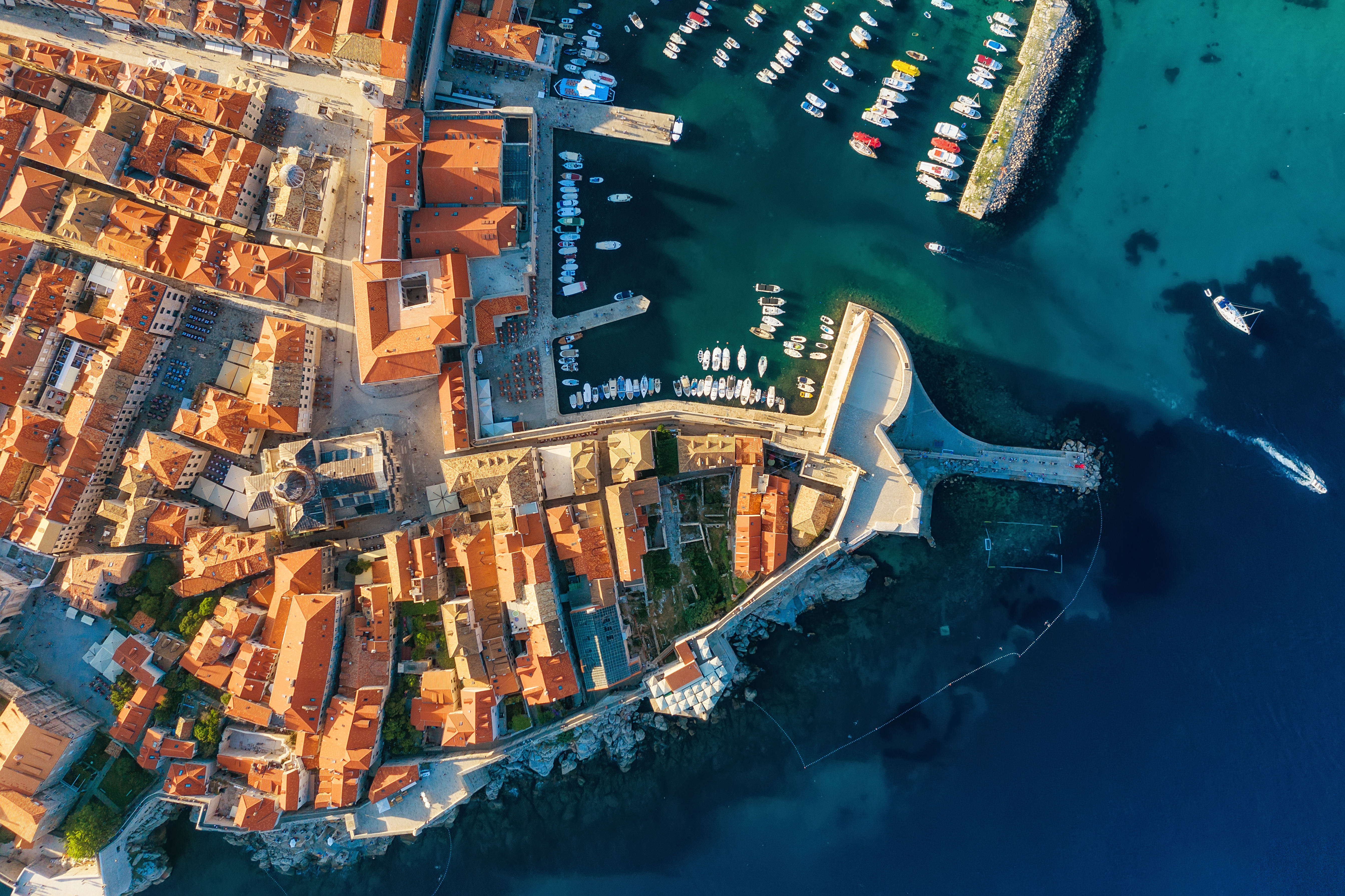
Dubrovnik's "Respect the City" initiative gets smarter in 2025. Real-time crowd monitoring systems, visible via public apps, now dynamically manage entry into the Old Town through its historic gates. If capacity is reached, temporary holds are implemented. Furthermore, a new "Luggage Liaison" service encourages visitors to drop wheeled suitcases at designated points outside the walls for a small fee, reducing noise and congestion on the ancient stone streets, preserving the city's UNESCO heritage.
8. Barcelona, Spain: Suburban Shift & Water Wise Tourism
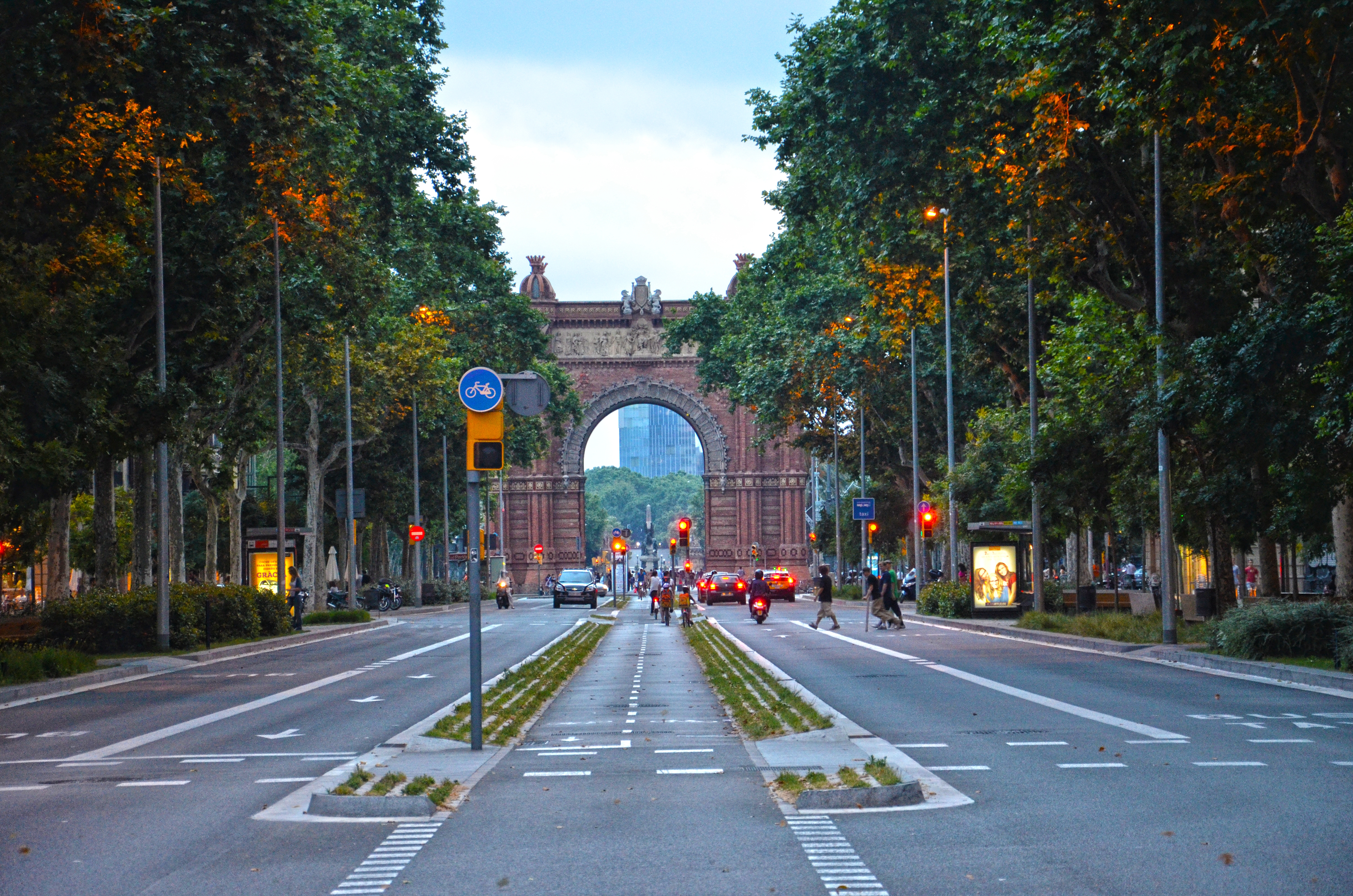
Barcelona's 2025 plan tackles overtourism by championing its diverse neighborhoods. New, heavily promoted "Barrios Auténticos" routes guide visitors to explore areas like Gràcia or Poble Sec, with incentives for using local businesses. Critically, given ongoing drought concerns, hotels and tourist accommodations now face stricter water usage regulations, and public campaigns urge visitors to be "water wise." This dual approach aims to lessen the strain on central hotspots and vital resources.
9. Kyoto, Japan: Etiquette Enforcement & Geisha District Serenity

Kyoto is doubling down on preserving its cultural sanctity. In 2025, alongside expanded "no-photography" zones in private alleys of the Gion geisha district, a new system of "Cultural Conduct Volunteers" gently educates tourists on proper etiquette. More significantly, certain overburdened bus routes popular with tourists now require pre-booked seats during peak cherry blossom and autumn foliage seasons, encouraging use of the efficient rail system or exploring by foot/bicycle to reduce local transit pressure.
10. New Zealand: The "Tiaki Care" Levy & Regenerative Routes
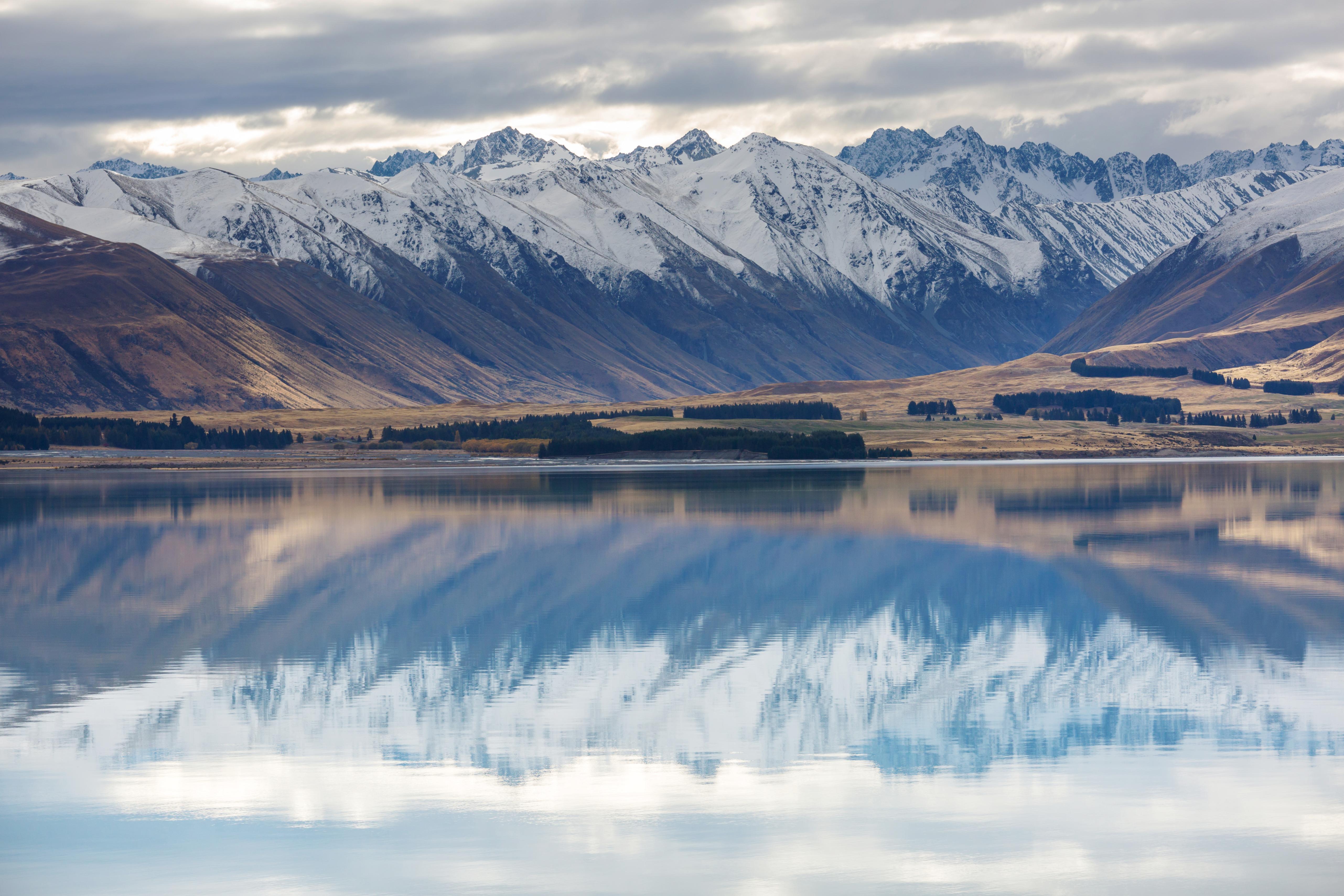
New Zealand’s "Tiaki Promise" (a commitment to care for the country) is now underpinned by a more direct "Tiaki Care" environmental and infrastructure levy, collected with visa applications or upon arrival for visa-waiver countries. Furthermore, 2025 sees the promotion of new "Regenerative Tourism Routes" – curated itineraries that include opportunities for visitors to participate in short conservation projects or local community initiatives, aiming to leave a positive footprint beyond just offsetting their travel.
11. Thailand: Island Quotas & "Green Gateway" Certifications
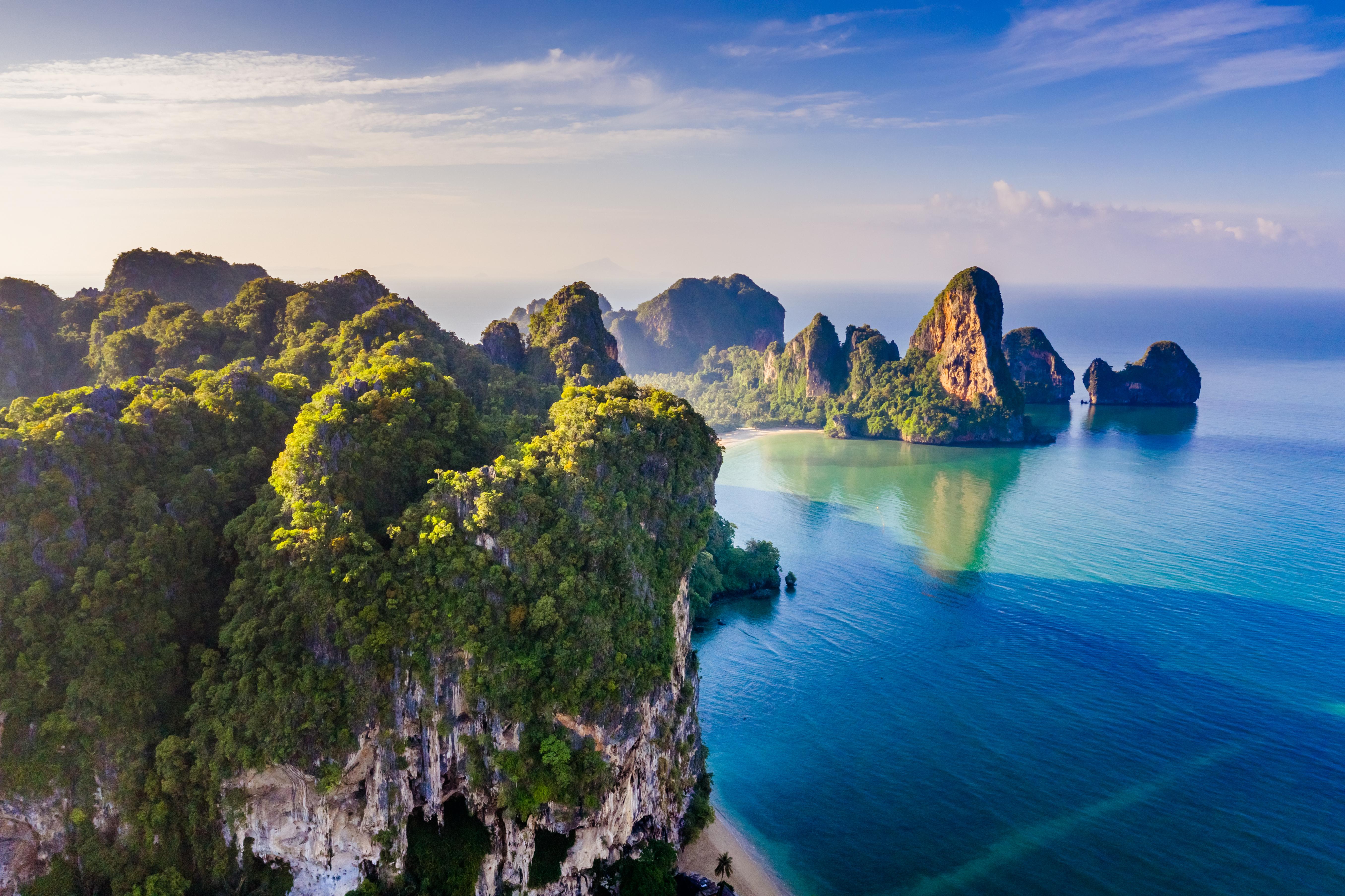
Following successful pilot programs, more of Thailand's popular islands and marine parks (e.g., parts of the Similans or Phi Phi) now operate on strict daily visitor quotas, requiring advance online booking. For 2025, a new "Green Gateway" certification is being prominently awarded to hotels, tour operators, and even beaches that meet high sustainability and ethical tourism standards, guiding travellers towards more responsible choices and rewarding eco-conscious businesses.
12. Galápagos Islands, Ecuador: Hyper-Local Guide Mandates & Stricter Itineraries
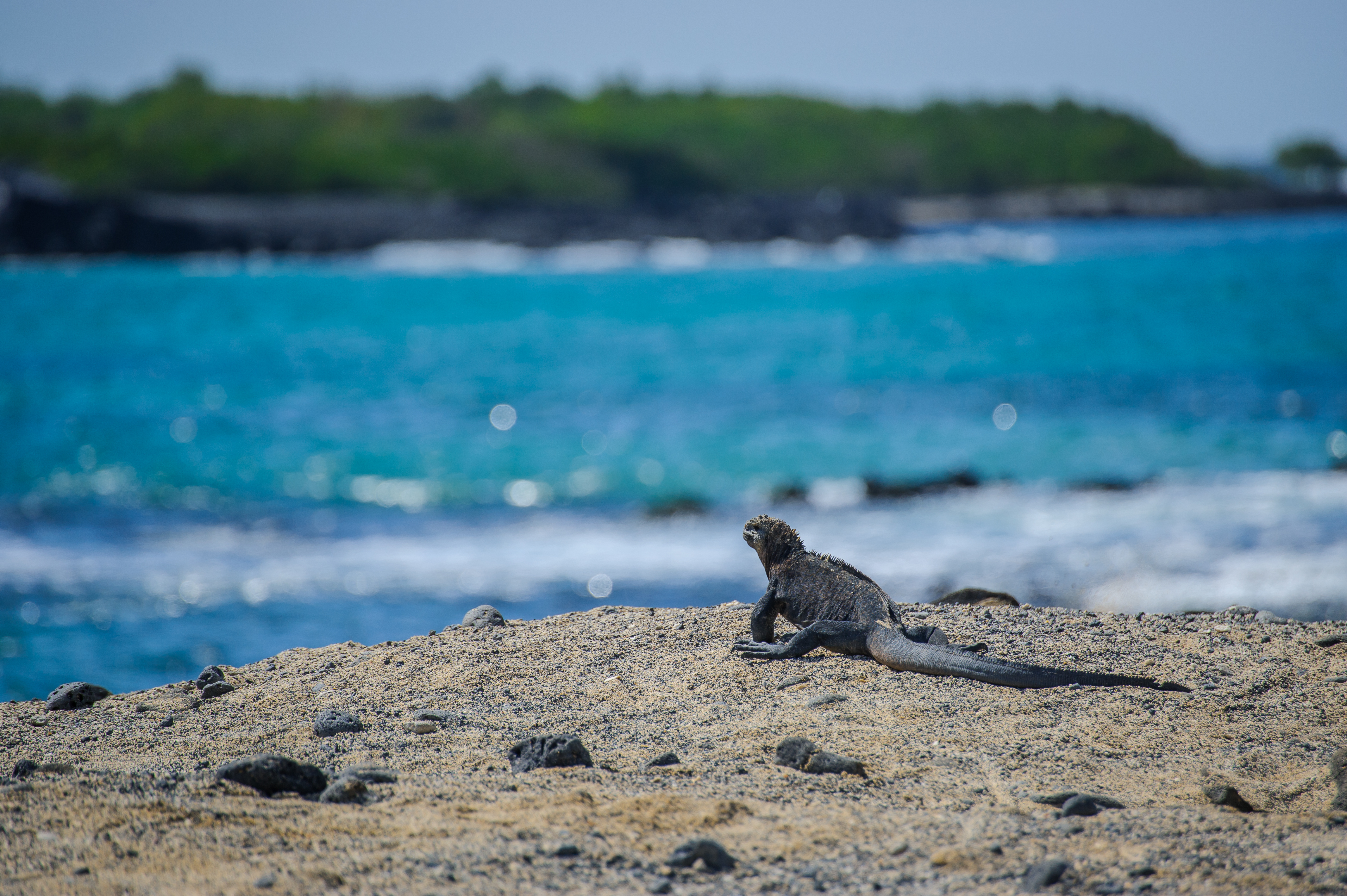
The Galápagos further tightens its already strict conservation rules. For 2025, not only are visitor numbers capped per island, but specific sites now require accompaniment by guides certified for that particular island or ecosystem, promoting deeper local expertise and benefit. Ship itineraries are also subject to more frequent reviews to ensure minimal overlap and reduced pressure on sensitive wildlife breeding grounds, making a visit an even more carefully orchestrated ecological pilgrimage.
13. Hawaii, USA: "Malama Hawaii" Pledge & Sacred Site Sanctuaries
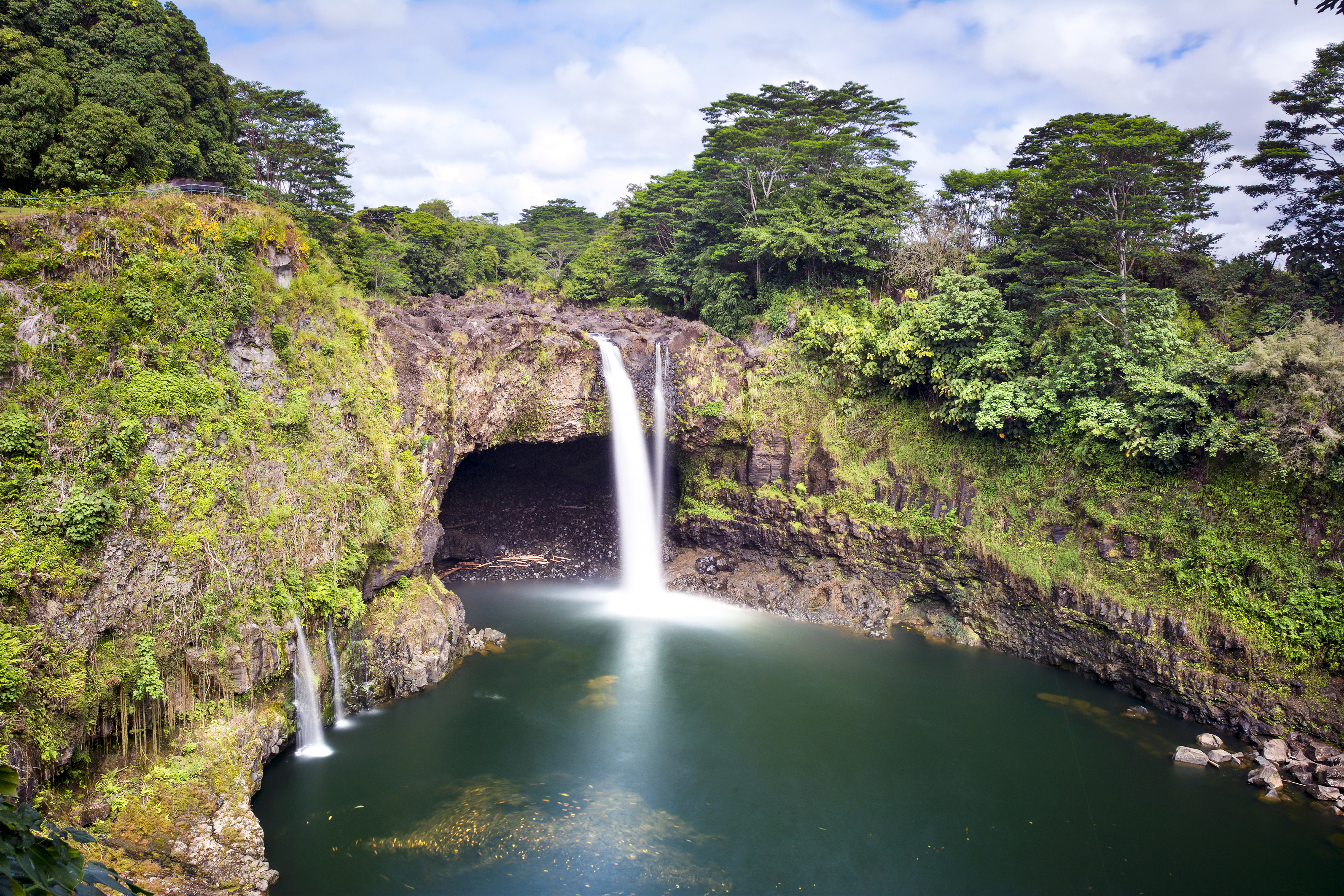
Hawaii's "Malama Hawaii" (care for Hawaii) initiative is more integrated than ever. In 2025, accessing many popular state parks, beaches (like Hanauma Bay), and natural attractions requires pre-booked reservations, with fees directly supporting conservation. Ingeniously, some islands are piloting programs where visitors who volunteer a few hours with local environmental or cultural organizations receive discounts on accommodations or activities. Additionally, more "kapu" (sacred/forbidden) zones around culturally significant sites are being clearly demarcated and enforced to ensure respect.
14. Mount Fuji, Japan: The "Respectful Ascent" Toll & Timed Trails
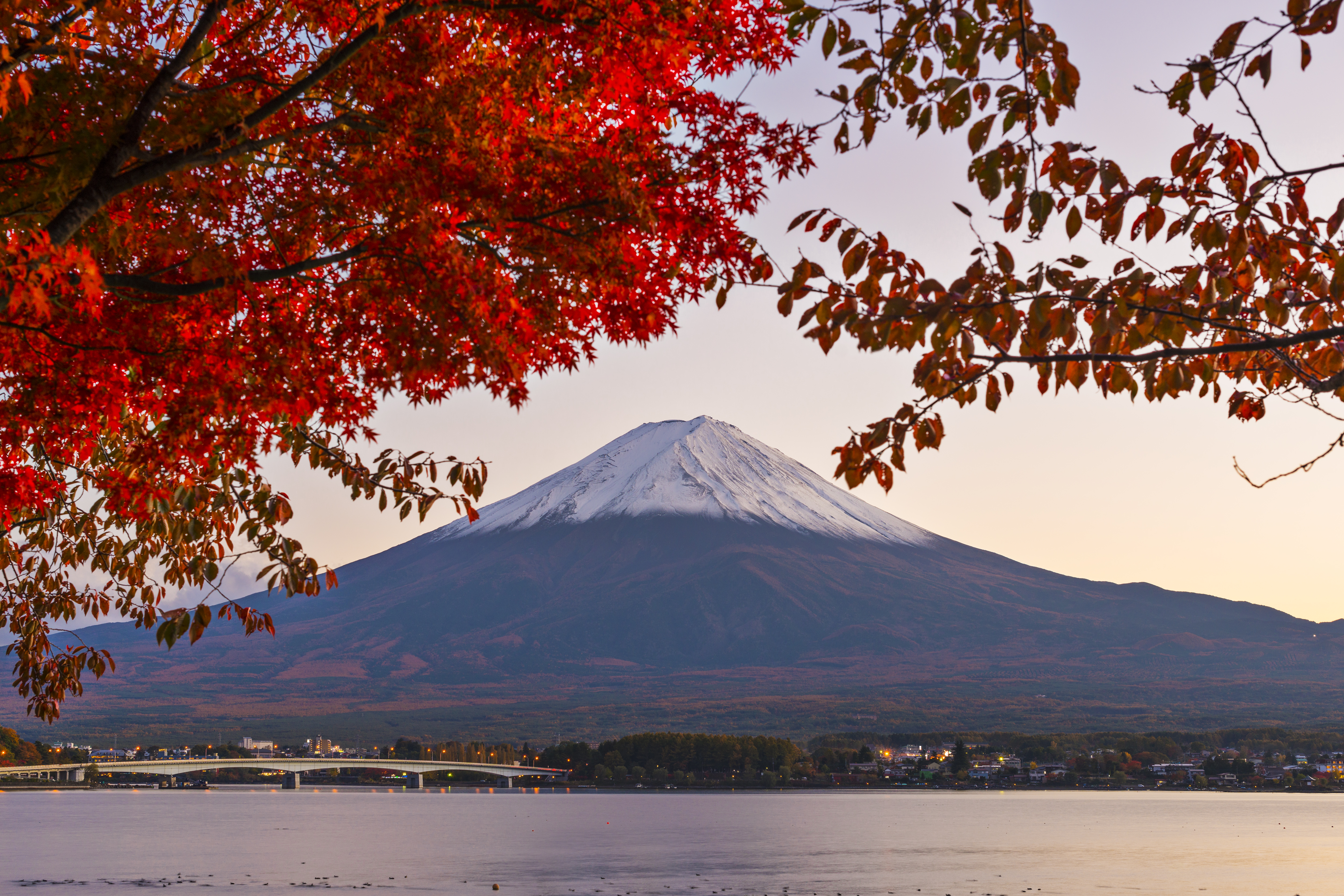
Climbing Japan's iconic Mount Fuji during the official season (July-September) sees significant changes in 2025. A new "Respectful Ascent" toll is levied on the most popular Yoshida trail, with funds earmarked for conservation and safety. More ingeniously, to combat "bullet climbing" (rushing up and down without acclimatization), specific sections of the trail now have recommended timed entry slots for those not staying in mountain huts, encouraging a slower, safer, and more dispersed flow of hikers.
The Evolving Art of Exploration: Travel Reimagined

The world isn't closing, but it is certainly asking for a more thoughtful approach to how we explore its treasures. These 14 destinations, by making access more deliberate, are championing a future where travel enriches both visitor and host, and where preservation takes precedence over sheer footfall. For the 2025 traveller, this means more planning and perhaps new costs, but also the promise of deeper, more sustainable, and ultimately more rewarding journeys. Embracing this evolution allows us to continue discovering our incredible planet, responsibly and with renewed respect.




